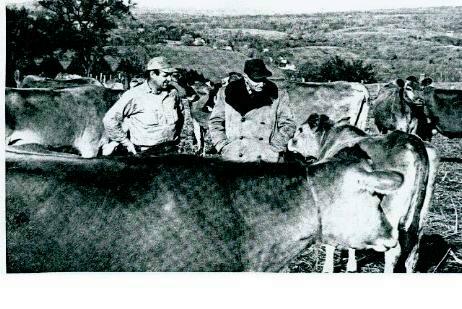
JCROWS.COM

|
|
|
|

"If you care to go to school go to the honey bees, fowl, cats, dogs,
goats, mink, calves, dairy cows, bulls and horses and allow
them to teach you their ways, you will gain an insight into physiological
and biochemical medicine not to be learned from medical
books. Verified by observing results in animals, this medicine,
which is passed from generation to generation by word of mouth
enables great numbers of Vermonters to continue carrying heavy daily
work loads and to go on well past the Scriptural
three-score-and-ten years into good physical and mental vigor, good
digestion, good eyesight and good hearing, avoiding senility
to the very end." Dr. D.C. Jarvis
Experts: Tsunami Kills Few Animals
Wed Dec 29, 6:18 AM ET
YALA NATIONAL PARK, Sri Lanka - Wildlife officials in Sri Lanka expressed
surprise Wednesday that they found no evidence of large-scale animal deaths
from the weekend's massive tsunami — indicating that animals may have sensed
the wave coming and fled to higher ground.
A photographer who flew over Sri Lanka's Yala National Park in an air
force helicopter saw abundant wildlife, including elephants, buffalo, deer,
and not a single animal corpse.
Floodwaters from the tsunami swept into the park, uprooting trees and
toppling cars onto their roofs — one red car even ended up on top of a
huge tree — but the animals apparently were not harmed and may have sought
out high ground, said Gehan de Silva Wijeyeratne, whose Jetwing Eco Holidays
ran a hotel in the park.
"This is very interesting. I am finding bodies of humans, but I have
yet to see a dead animal," said Wijeyeratne, whose hotel in the park was
totally destroyed in Sunday's tidal surge.
"Maybe what we think is true, that animals have a sixth sense," Wijeyeratne
said.
Yala, Sri Lanka's largest wildlife reserve, is home to 200 Asian Elephants,
crocodile, wild boar, water buffalo and gray langur monkeys. The park also
has Asia's highest concentration of leopards. The Yala reserve covers an
area of 391 square miles, but only 56 square miles are open to tourists.
The human death toll in Sri Lanka surpassed 21,000. Forty foreigners were among 200 people in Yala who were killed.
_____________________________________________________________________________________________________________________
Where Are All the Dead Animals? Sri Lanka Asks
Wed Dec 29, 4:41 AM ET Science -
COLOMBO - Sri Lankan wildlife officials are stunned -- the worst tsunami
in memory has killed around 22,000 people along the Indian Ocean island's
coast, but they can't find any dead animals.
Giant waves washed floodwaters up to 2 miles inland at Yala National
Park in the ravaged southeast, Sri Lanka's biggest wildlife reserve and
home to hundreds of wild elephants and several leopards.
"The strange thing is we haven't recorded any dead animals," H.D. Ratnayake,
deputy director of the national Wildlife Department, said Wednesday.
"No elephants are dead, not even a dead hare or rabbit," he added. "I
think animals can sense disaster. They have a sixth sense. They know when
things are happening."
At least 40 tourists, including nine Japanese, were drowned.
The tsunami was triggered by an earthquake in the Indian Ocean Sunday,
which sent waves up to 15 feet high crashing onto Sri Lanka's southern,
eastern and northern seaboard, flooding whole towns and villages, destroying
hotels and causing widespread destruction.
|
|
 |